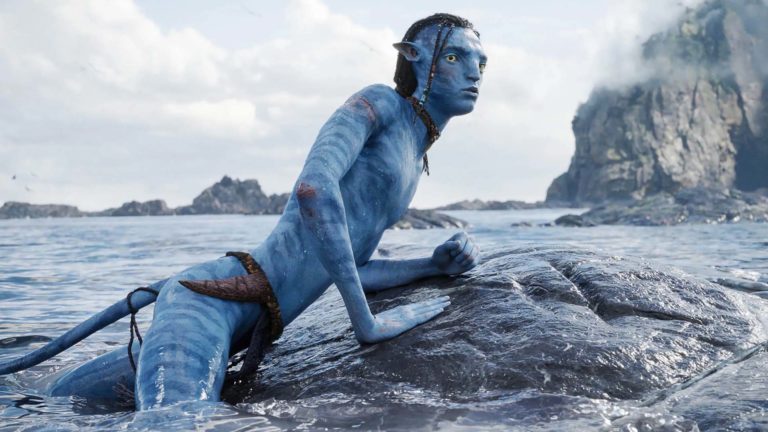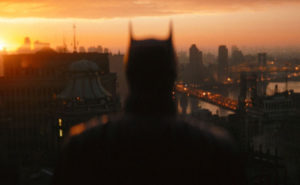Special effects bring a movie to life. With the movie industry spending billions on visual effects each year, it’s an exciting industry, and with technological strides being made all the time, it’s fun to take note of some of the most influential special effects in movies so far.
- 9 Best Visual Effects Movies That Had a Big Impact
- Frequently Asked Questions About Special Effects
- What are visual effects in the film industry?
- How do special effects make a movie better?
- Are special effects expensive?
- What is CGI?
- To Sum Up …
9 Best Visual Effects Movies That Had a Big Impact
The following nine movies have used visual effects to bring fantastical stories to life. They’re also important in terms of having an impact on special effects, either by creating some interesting new technology, or by raising the bar for directors to follow.
9. The Curious Case of Benjamin Button (2008) – Interesting Visual Effects
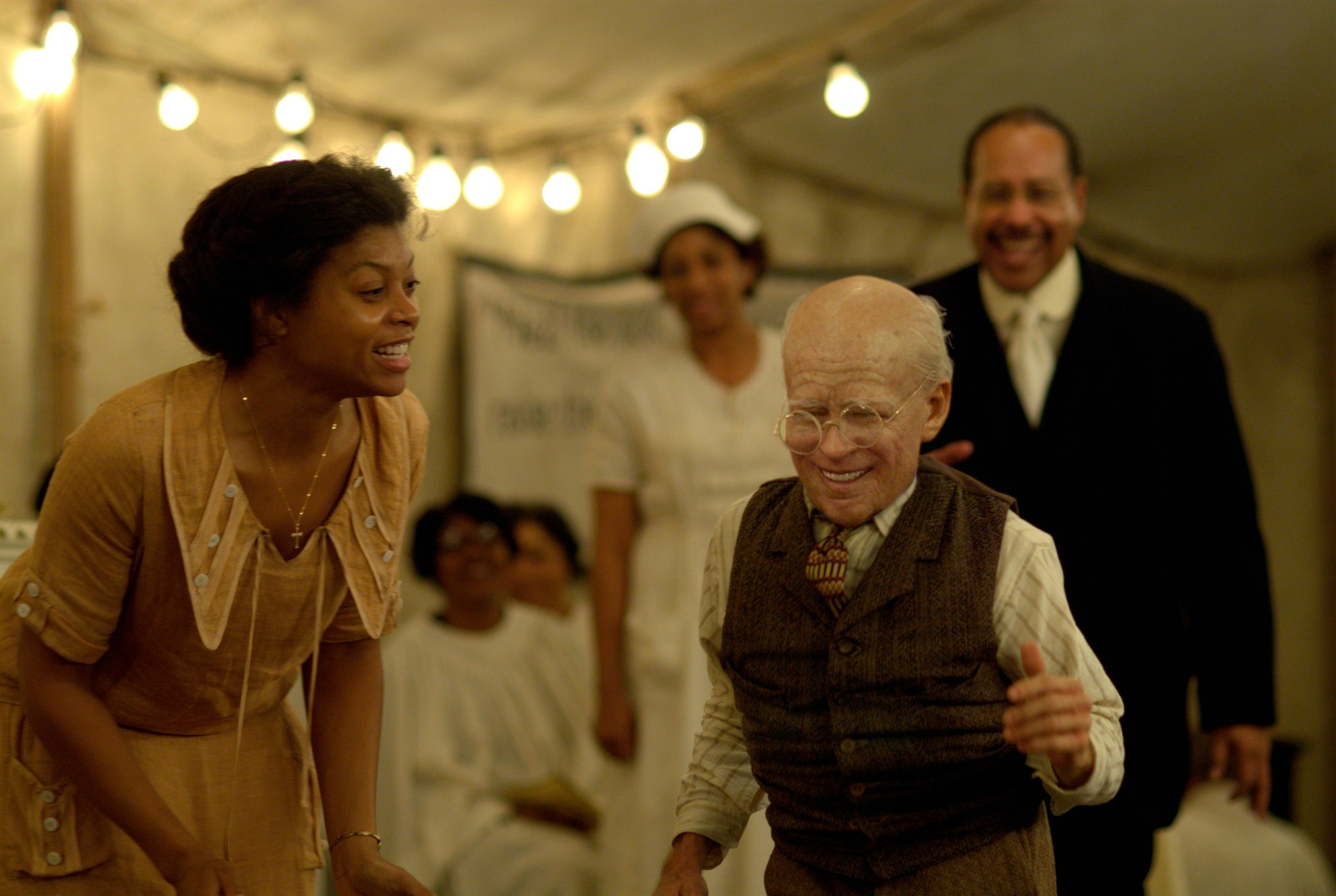
The Curious Case of Benjamin Button, directed by David Fincher, is a fantastical story based on a character who ages in reverse. This poses some pretty big technical challenges: how do you depict someone who gets progressively younger?
Brad Pitt stars in the movie, and they used a mixture of digital and live-action effects to make him look convincingly older, including some amazing make-up. The performance capture was edited to make Pitt look older, and it took some pretty impressive digital effects throughout the entire movie to make it work.
The painstaking process of depicting Button’s transition into infanthood was taken on by the visual effects house Digital Domain.
It was a tricky one because making Pitt look realistic throughout was super important to allow the audience to be swept up in the moving story.
It got some good reviews, with critics praising the incredible performances and the excellent storytelling.
The Curious Case of Benjamin Button cost $150 million to make and took in $335.8 million from enthusiastic viewers. Pretty good going, and an interesting example of how visual effects combined with excellent acting can bring difficult characters to life.
8. Aliens (1986) – Practical Effects Mastery

We’re heading back to the ’80s now for one of the most iconic sci-fi movies of all time. In Aliens, Sigourney Weaver’s Ellen Ripley is the one survivor of a terrible alien attack.
Her fight for survival is fraught with tension, and by all accounts, so was the development: apparently, conflicts between director James Cameron and the crew were rife.
The final movie is terrifying and absorbing, and this is in part down to the design of the aliens themselves. H.R Giger – the designer of the Alien creature from the original movie – wasn’t involved in this one and was said to be disappointed about it.
Special effects expert Stan Winston stepped in as visual effects supervisor, but the end result is unmistakeably Giger-esque, using a mixture of alien mannequins, puppets, and practical effects like rubber face-huggers made purely to be blown up.
Nowadays, it would be tempting to go down the digital effects route, but that wasn’t an option, and the practical effects are just incredible to watch and make for a convincingly terrifying experience (along with, of course, the outstanding performance from Weaver).
Aliens cost $18.5 million (obviously a much lower cost than some of the others on this list) and took $184.7 million at the box office.
7. Pirates of the Caribbean: Dead Man’s Chest (2006) – Wonderful CGI
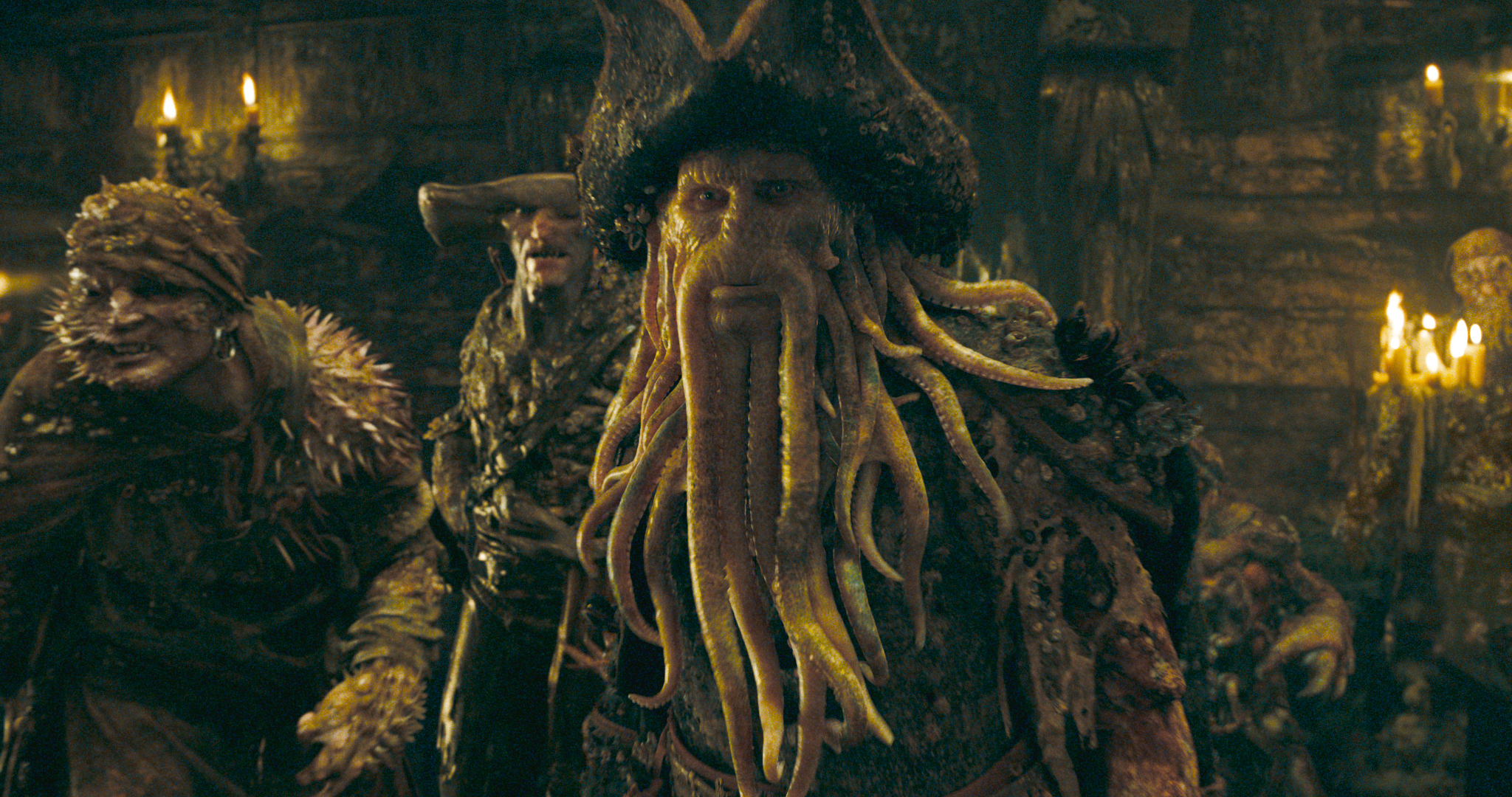
The Pirates of the Caribbean series, initially a trilogy, has spawned five movies and a short movie, and are generally considered to be fun, action-packed spectacles that are particularly fun to watch at the cinema.
However, the best visual effects have to be in Dead Man’s Chest in the form of part CG character Davy Jones.
Bill Nighy plays the role, but his face, with a beard made from thick tentacles, as animated. This canny combination of both real actors and CGI characters creates a really interesting visual effect, and brings the stranger CG characters of the movie to life.
With visual effects working hard, this is an interesting movie to watch from a design perspective. It took over $423 million in the US box office, and $225 million to make.
6. Scott Pilgrim vs. The World (2010) – Stylish, Frantic, and Fun
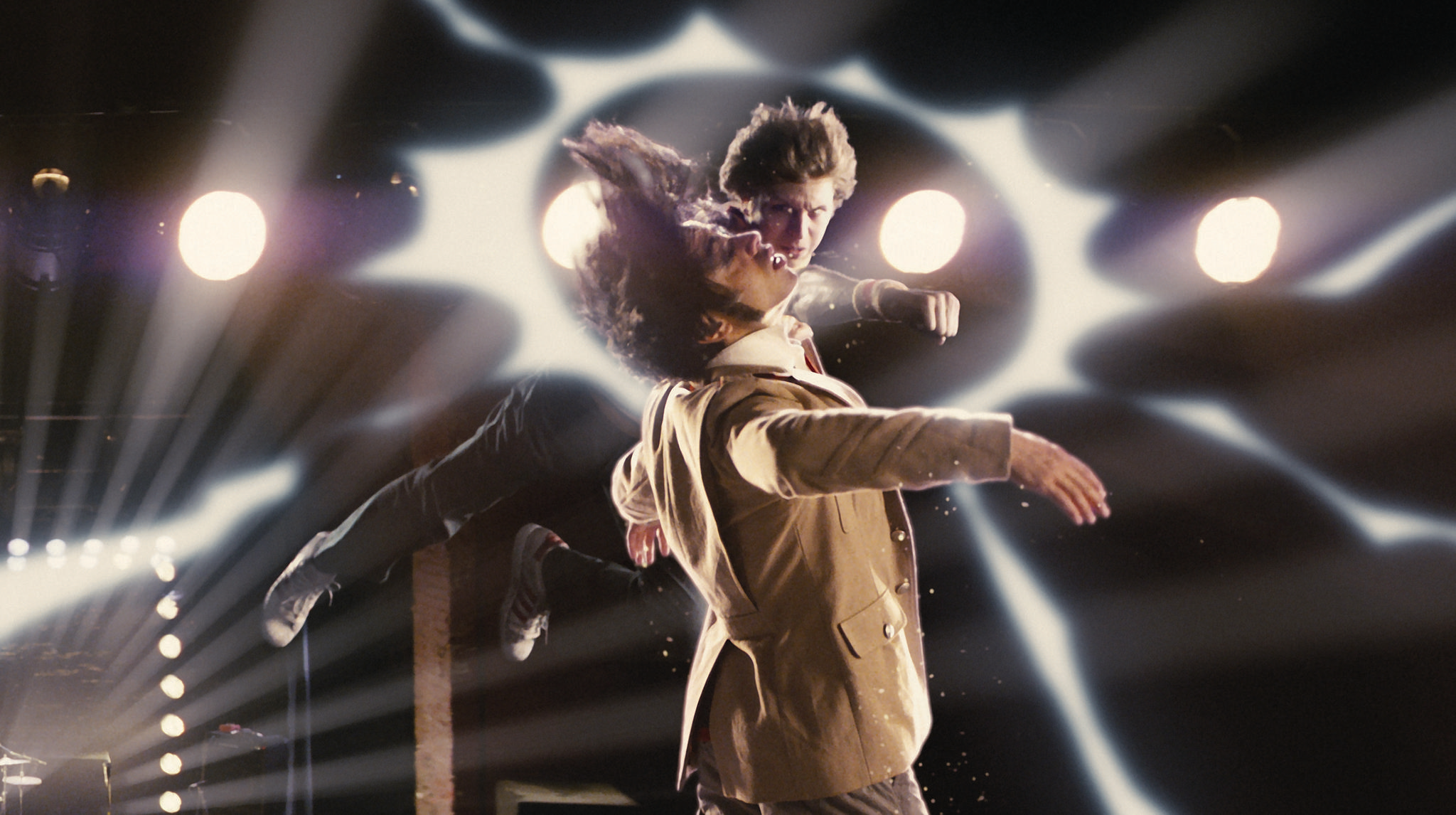
Stylistically, Scott Pilgrim vs. The World is incredible. With Edgar Wright’s signature snappy pace, Scott Pilgrim is set in an (almost) real Toronto, following Michael Cera’s Scott, an awkward bass-playing 22-year-old. Determined to make his band Sex Bob-Omb a success, Scott’s life takes a drastic turn when he meets the love of his life, Ramona Flowers.
Scott must battle Ramona’s six evil exes, ranging from handsome super-vegan Todd Ingram to crazed ninja Roxy Richter.
These fights are depicted using a range of stunning visual effects, giving Scott Pilgrim a graphic-novel feel (which makes sense given that the source material is Bryan Lee O’Malley’s series of graphic novels). The visual effects turn these fights from regular punch-ups to incredible, silly, and visually fantastic spectacles.
It took a mixture of pretty nifty stunts, blue-screen work, and some practical effects (like shining flashlights at cameras to create lens flare) to bring Scott Pilgrim’s frantic, fantastical world to life, and the end result is fantastically stylish.
However, Scott Pilgrim took $85 million dollars to create and only took $49.3 million, therefore operating at a loss.
In the years since the movie has gained cult status and has gained dedicated fans across the world.
5. Rise of the Planet of the Apes (2011) – Incredible Motion Capture
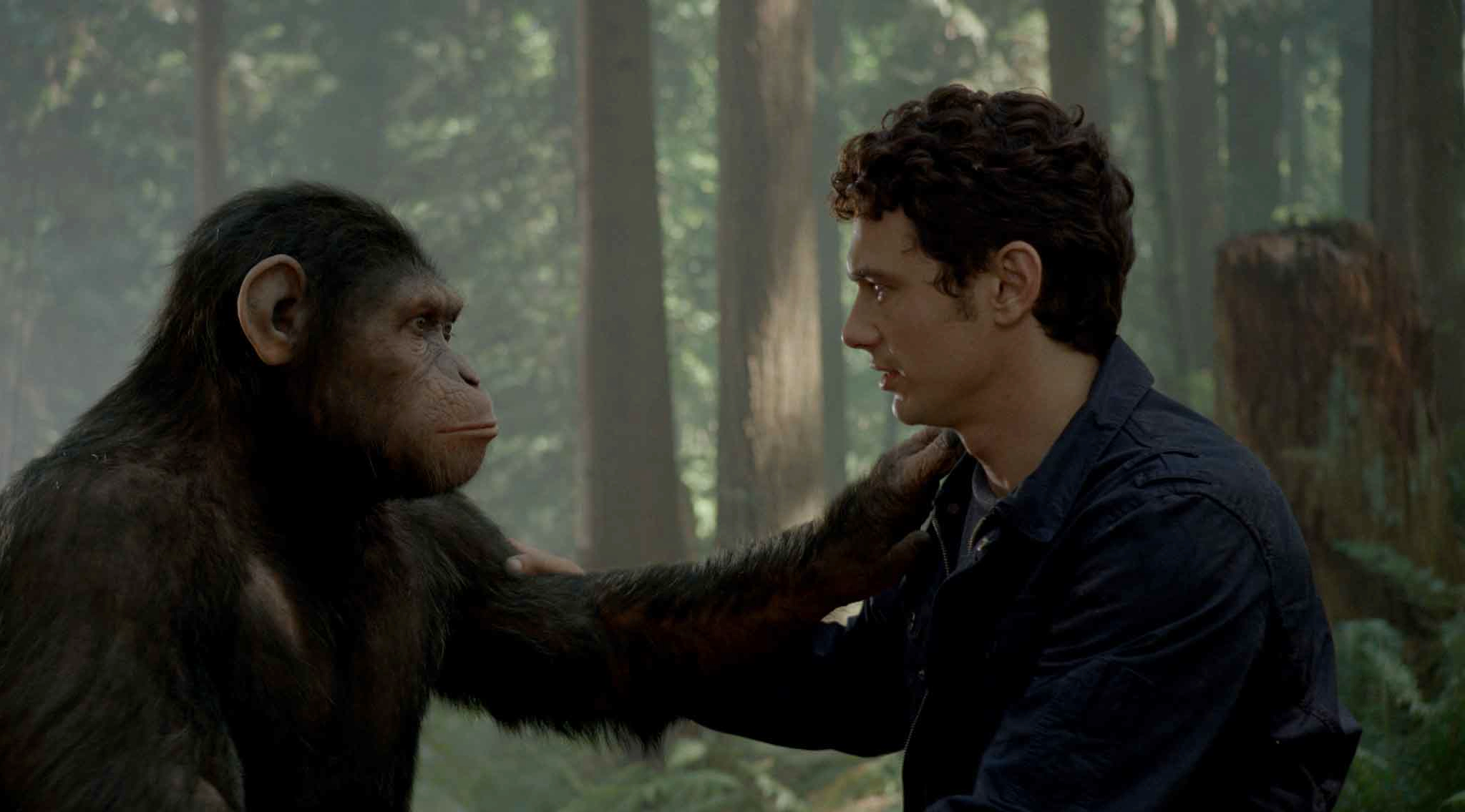
The story of Planet of the Apes has been told several times now, and for good reason: it’s a captivating story, and provides a rich ground for directors and actors to work with. Directed by Rupert Wyatt and starring Andy Serkis, James Franco, and Freida Pinto among others, it’s an interesting story about a genetically enhanced chimpanzee living in captivity, leading to dramatic events later in the movie.
Rise of the Planet of the Apes stars Andy Serkis as Caeser, the chimpanzee in question. SErkis, once again, cements himself as one of the best motion capture actors of our time. He’s incredible at expressing himself through movement, and his performance as Caeser is excellent.
Unlike the 2001 movie directed by Tim Burton (which mostly relied on prosthetics and practical effects), Rise of the Planet of the Apes uses digital characters using performance capture.
Because of the advances in this field (some of which developed during the a certain series of movies also starring Andy Serkis), actors were able to film on location and be digitally transformed into apes later. While they initially considered using real apes, this turned out to be unfeasible, but the human actors did an incredible job imitating real animals.
They manage to avoid the ‘uncanny valley’ look that can sometimes come from creating anthropomorphic animals, and the final film looks incredible. (There are three follow-up movies, with the last due to release sometime in 2024).
The first film cost $93 million, and took $481 million worldwide. It was also nominated for Best Visual Effects and Best Special Visual Effects at the Academy Awards and British Academy Film Awards respectively.
4. Jurassic Park (1993) – Groundbreaking Technical Strides
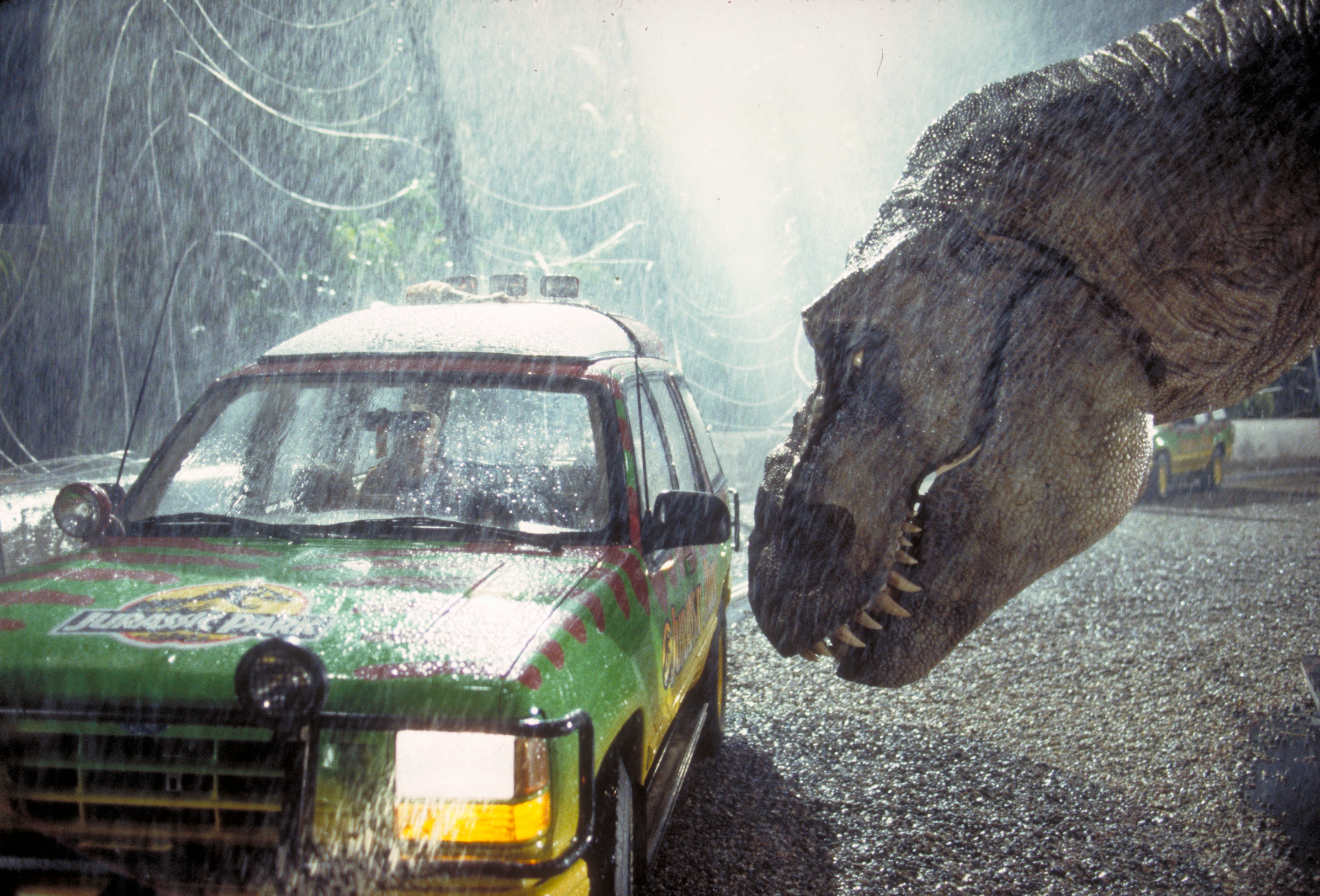
I don’t think there are many ’90s kids who weren’t amazed – or traumatized – by the special effects of Steven Spielberg’s Jurassic Park. At the time, the special effects of Jurassic Park were groundbreaking, and it’s still incredible to watch today.
Jurassic Park (based on the 1990 novel by Michael Crichton) centers around a theme park packed with cloned dinosaurs built on the island of Isla Nublar. A marvel of science, visitors flock to the island to see these incredible creatures, but when chaotician Ian Malcolm arrives, he’s almost certain that the park isn’t safe.
It turns out that he’s right: a tropical storm causes chaos on the island, leading eventually to the infamous moment when a T-Rex slowly approaches the group, causing the ground to shake.
Jurassic Park used a mixture of practical effects and computer-generated imagery. A series of animatronic dinosaurs were built, and this, combined with go-motion dinosaurs and digital compositing, brought the dinosaurs to life.
The result is a thrilling experience to watch, with reviewers calling it a ‘triumph of special effects artistry‘ and ‘wondrous at depicting things that go crunch in the night‘, although some reviewers felt the story and characters could do with some work. In terms of movie magic, ’90s kids were spoilt with Jurassic Park.
3. Interstellar (2014) – Groundbreaking Scientific Discoveries
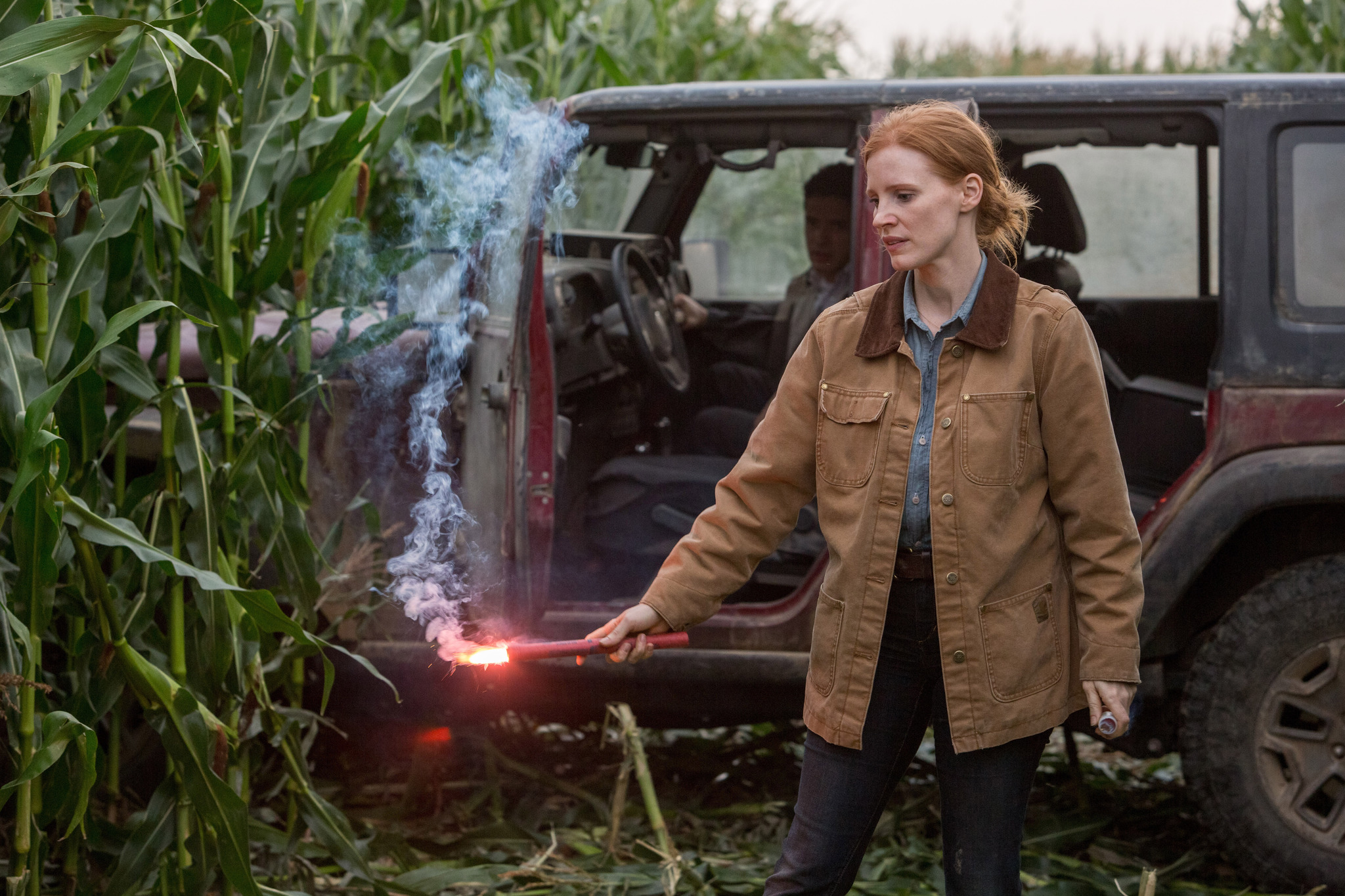
Did you know that the process of creating the movie Interstellar has actually led to the discovery of two scientific phenomena? We’ll go into that in more detail in a moment, but first, let’s talk about the movie. Interstellar, directed by Christopher Nolan and starring Matthew McConaughey and Jessica Chastain, is an incredible sci-fi epic.
In the movie, it’s up to astronauts to look for a new home for humankind. Known for it’s incredibly sad and beautiful story as well as the amazing visual effects, Interstellar is a must-watch, and the cast members give some amazing performances.
For large swathes of the movie, the astronauts are stuck alone in outer space, floating around in zero gravity; they actually created the special effects first, projecting the background behind the actors, rather than them having to act in front of a green screen. The spacecrafts were made using miniatures, which look incredible in the final product.
Back to the science: according to Interesting Engineering, Interstellar broke the mold for Hollywood in terms of staying true to actual science, and it’s fascinating to see the impact the movie has had, not just for visual effects, but for science too.
2. Avatar (2009) and Avatar 2: The Way of Water (2022) – Amazing 3D Spectacle
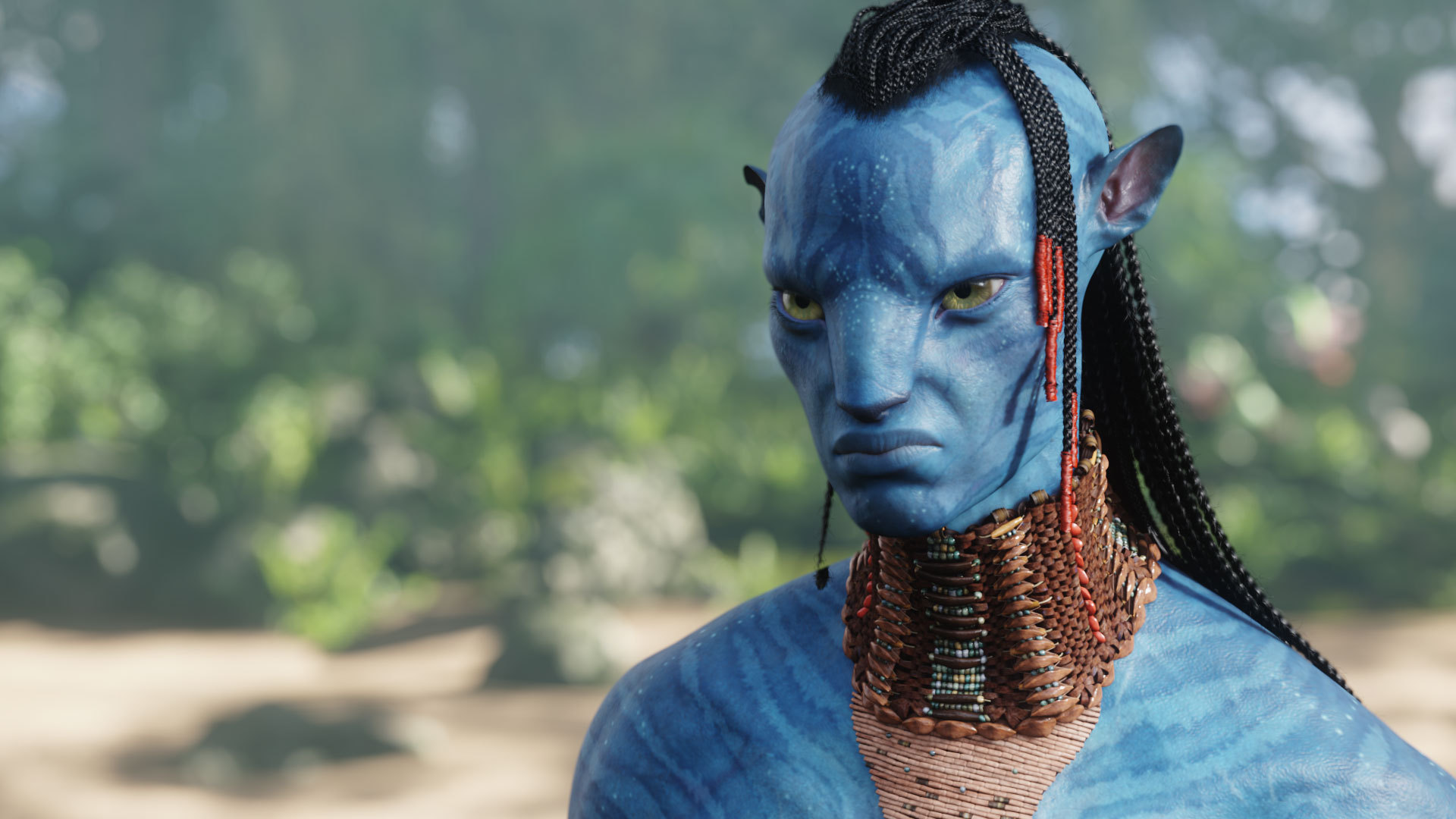
I think it’s safe to say that Avatar caused a bit of a splash in the special effects world (if you’ll forgive the terrible pun). Directed by James Cameron, the original Avatar was a huge deal back in 2009, and it reignited an interest in 3D movies. In fact, 93% of US audiences went to see the 2022 re-release of Avatar in 3D.
The making of the Avatar movies is a complicated business. Combining live-action and animation, it took around 1,700 people to make the second movie, many of them animators. Set in 2154, the story sees a paraplegic marine, Jake Sully, sent into the mysterious Pandora to mine for resources.
The world of Pandora, with its signature blue-green hue, ethereal forests, and strange creatures, is populated by a humanoid species known as the Na’vi. Bringing the Na’vi to life took motion capture and a virtual camera system, which shows the actor’s performances in their digital backdrop in real-time. This process allowed Cameron to visualize the strange world of Pandora using computer-generated imagery.
This, combined with the motion-capture process, allowed for huge creative freedom, but it came at a cost of around $237 million (for the first movie) and $250 million (for the second). It took around twenty animators to create just one Na’vi.
Audiences responded well to the gorgeous special effects and virtual environments, but the story is not considered to be as strong as the world-building itself. Still, both movies performed well at the box office, with the first movie smashing several records, taking the crown of the highest-grossing movie of all time.
1. The Lord of the Rings Franchise – Incredible Motion Capture Performances

I don’t think this entry will surprise anyone! The Lord of the Rings trilogy, directed by Peter Jackson and released between 2001-2003. It took a hefty amount of time and money to make these movies – storyboarding began back in 1997, but Jackson had been floating the idea in the years before that, and the trilogy cost a whopping $281 million (the equivalent of $494 million as of 2022).
The movies were groundbreaking in terms of their outstanding technical effects. The actors performances were, of course, incredible, but the movies were equally known for the steps they took to bring Tolkein’s world to life. Weta FX (formerly Weta Digital) made some huge breakthroughs, working with Weta Workshop (in charge of props and practical effects).
The Lord of the Rings had some difficult characters to design, including Gollum, famously played by Andy Serkis. His motion capture performance was absolutely incredible, and it took Gollum from just a plain CGI character into an interesting, fascinating creature to watch on screen.
Honestly, it’s hard to understate the impact the trilogy had on film making: the deft handling of Tolkein’s lore, characters, and the fantastical setting of Middle Earth by Jackson and the crew is something to behold, and while some of the effects are slightly dated now, they’re still an amazing watch to this day.
The Lord of the Rings trilogy took an unbelievable $2.991 billion worldwide, making it one of the highest-grossing film series ever. The series also won a lot of awards, including seventeen out of thirty Academy Award nominations: a groundbreaking achievement for a fantasy series, as these tpyeso fm ovies are usually snubbed when it comes to Academy Awards.
Frequently Asked Questions About Special Effects
Before you go, here are some questions you may be interested in about visual effects.
What are visual effects in the film industry?
Visual effects are defined as imagery being created outside of a live-action shot. This includes CGI, compositing, and motion capture. Practical effects are slightly different and are usually used in conjunction with visual effects to create something that would be difficult (or impossible) to shoot in live-action.
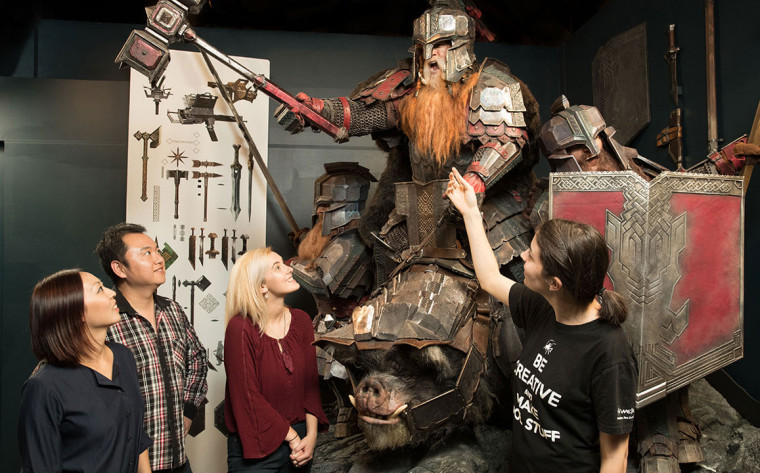
The integration of production design and practical/visual effects is key to making a movie feel grounded in reality, while also looking spectacular or fantastical, depending on the setting. As visual effects become more powerful, some directors prefer to rely on computer-generated imagery alone, while others prefer a more traditional approach by going for a balance of both.
How do special effects make a movie better?
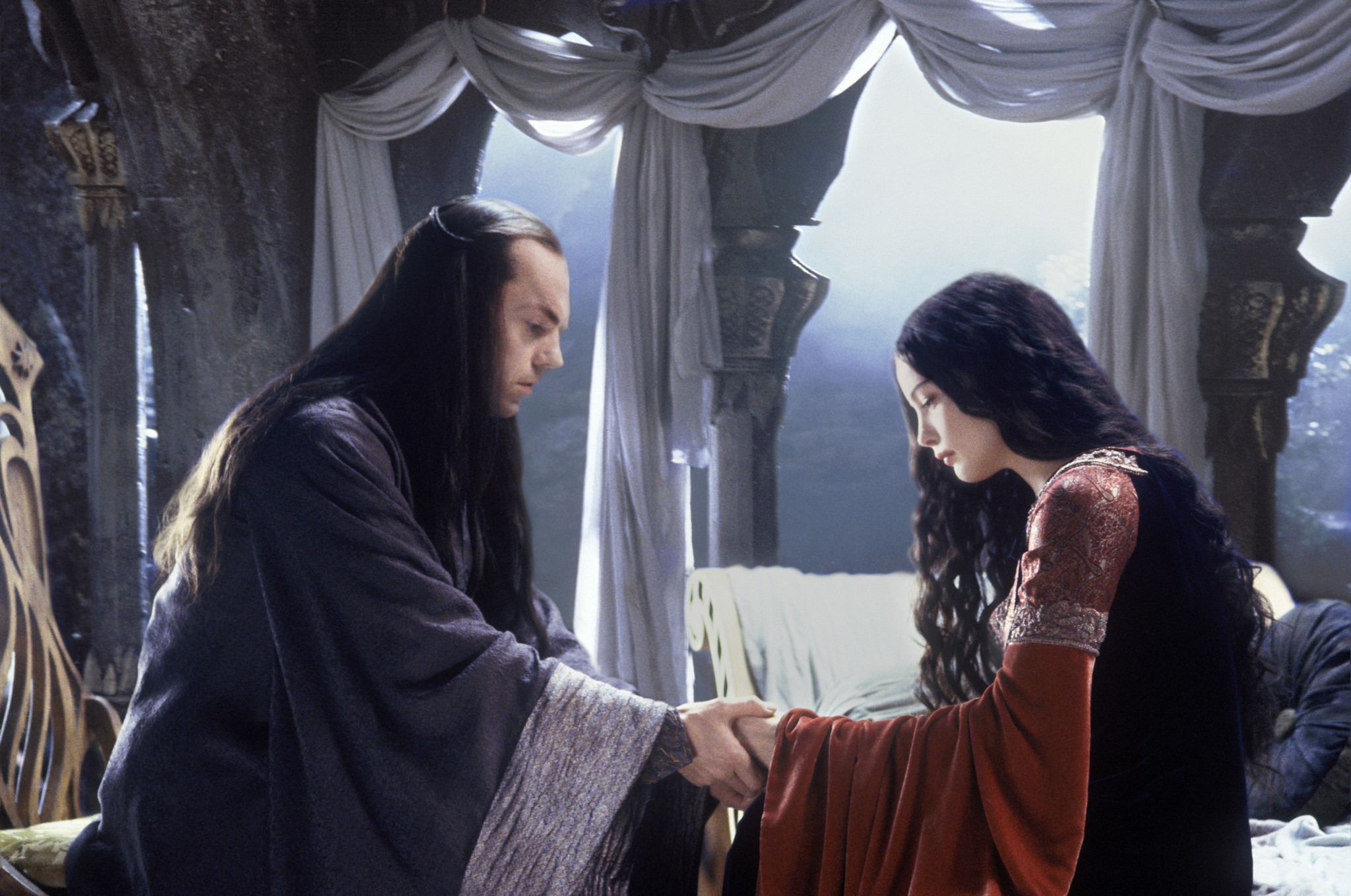
Visual/special effects are vital for bringing sci-fi and fantasy movies to life; you can’t realistically create dragons, aliens, or other fantastical creatures without special effects.
Special effects can just add vibrancy to each scene, create a more realistic setting, and allow actors to capture their performance using motion capture.
Are special effects expensive?
Yep. Special effects are expensive: they can cost thousands of dollars per minute for low-quality VFX.
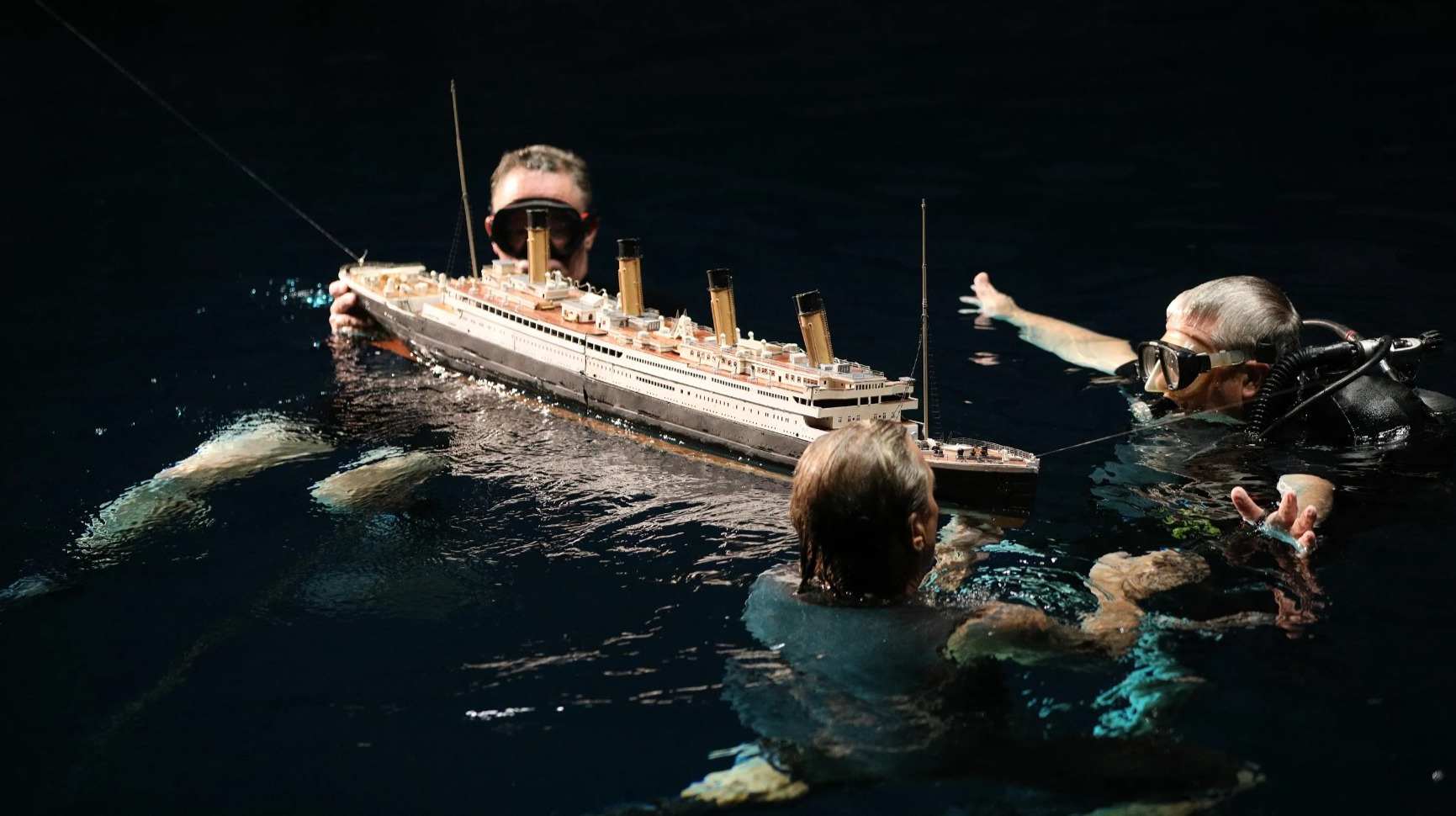
The most expensive scenes, or the ‘money shots,’ are sometimes eye-watering in cost. For example, James Cameron’s Titanic cost an eye-watering $200 million, and this was back in 1997; this was partly down to the cost of creating the effect of the ship sinking.
These huge shots act as pivotal moments in movies, and thus a lot of money is invested in them to make them feel as realistic and spectacular to watch as possible.
What is CGI?
CGI involves using computer graphics to create imagery, and many of the best movies in the last few decades have relied heavily on it.

You can read more about this in our guide What is CGI In Movies? which explains everything in much more detail.
To Sum Up …
It’s always hard to rank visual effects movies like this: someone may hate a movie, while another may find it a technical masterpiece. (And I’m sure some of you are wondering where Star Wars, Blade Runner, King Kong, and other iconic movies are – there just wasn’t room to include them all!)
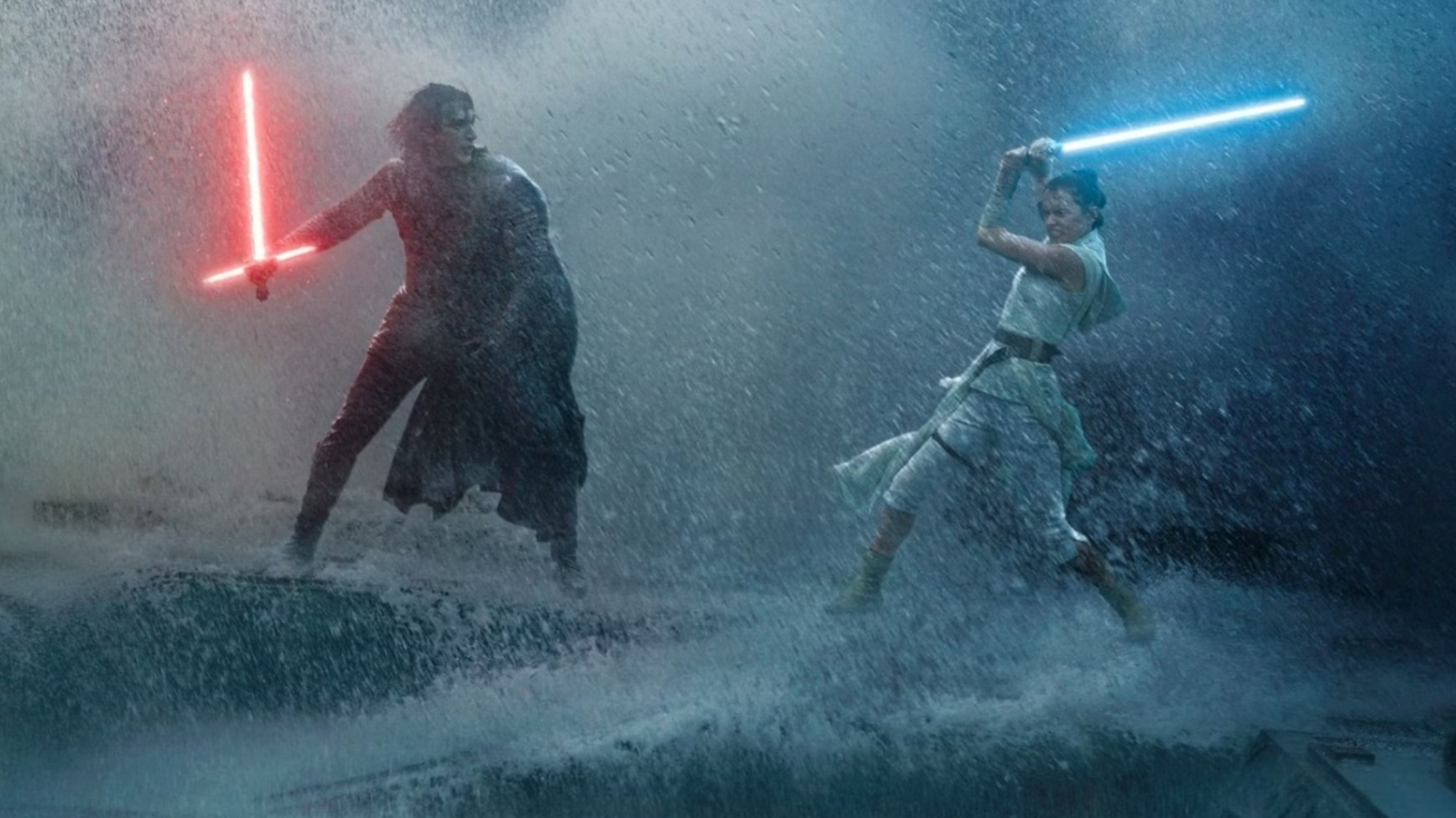
The ranking itself is perhaps not as important as the impact all of these films have made on the industry – setting new standards, researching amazing new technology, or just pushing the boundaries of what is possible in filmmaking.
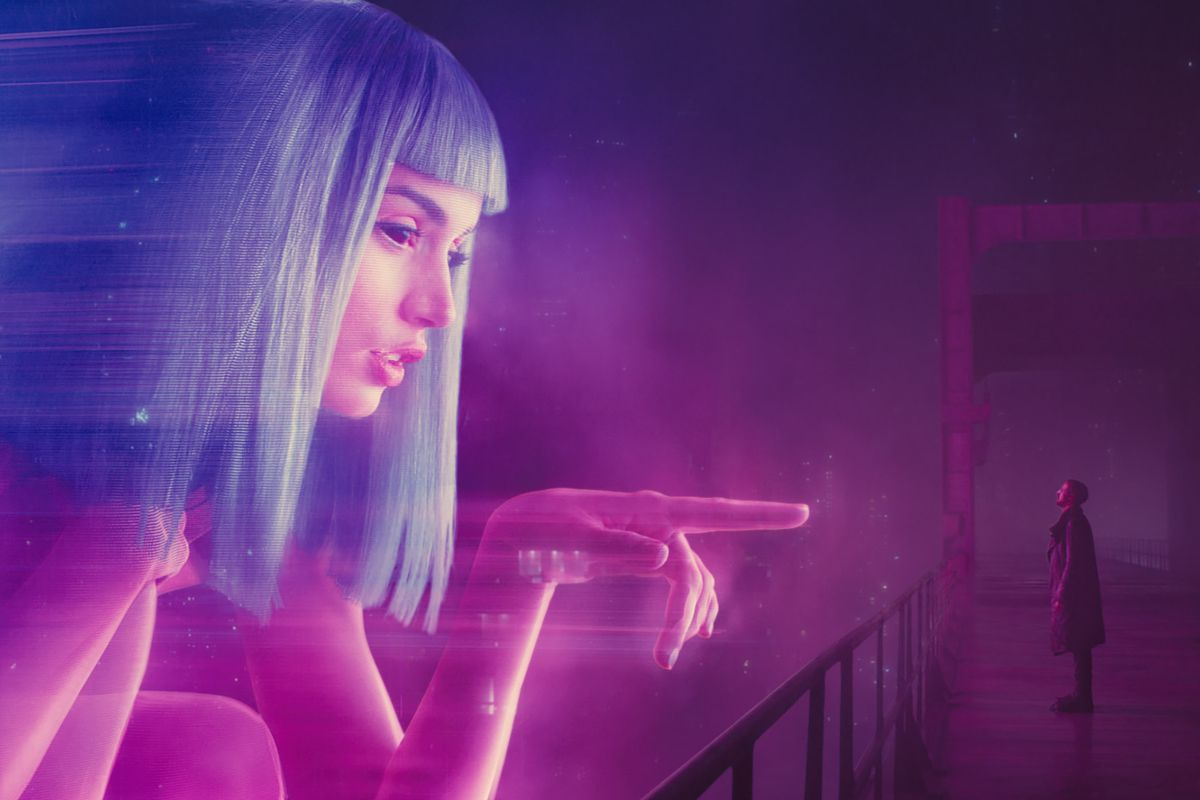
If you want to keep reading about visual effects, you can read our guides How to Work in the Hollywood VFX Industry and What is CGI in Anime? which you may find helpful.

Megan is a freelance writer based in Somerset, England. She writes about videogames, books, and pop culture.
